Tales of the unexpected
Digging in | The Trench Experience, Shropshire
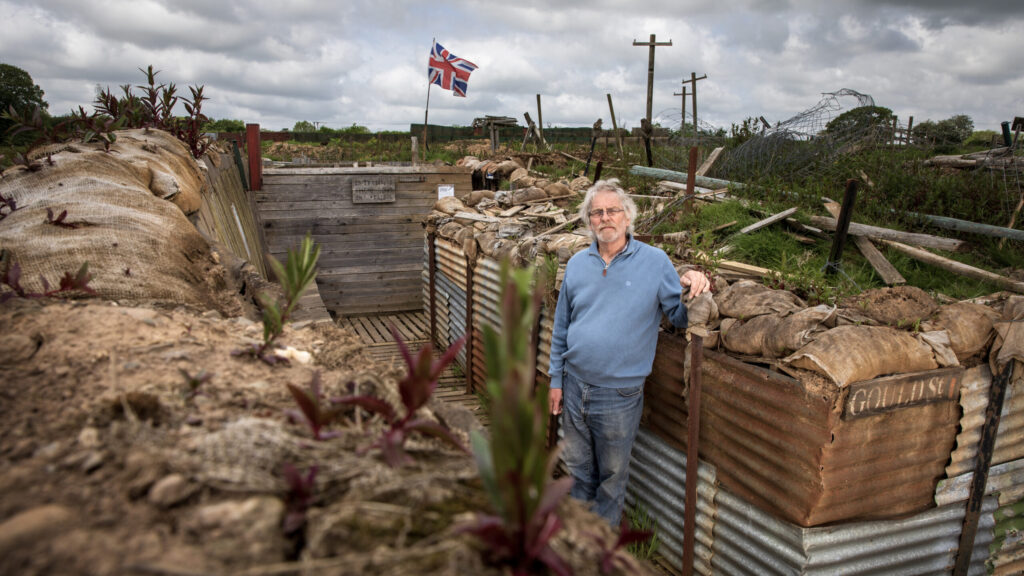
The trenches at Park Hall Countryside Experience in Shropshire start with world war one and end with modern-day warfare
Heritage railway owner Mark Hignett’s train of thought changed the direction of Oswestry’s plans to commemorate the centenary of the ending of the first world war a decade ago.
“In one meeting of local history people, I found myself reflecting on a letter I had received that morning telling me just how much it would cost to send one of our children to France to see the trenches,” he says.
“I thought, hang on, there were trenches in our own Shropshire town that trained men for the frontline 100 years previously. Why don’t we recreate them as a cheaper alternative to show what warfare was like?
“They were immediately on board but they thought I was talking about a scale model, not a lifesize labyrinth with listening and communication posts, front firing steps [enabling gunners to see over the parapet], a brigade HQ and a first aid station.”
With that minor confusion cleared up, Hignett – also the founder of Oswestry Town Museum – consulted the archives and started designing dugouts for a former trench site in what is now the Park Hall Countryside Experience.
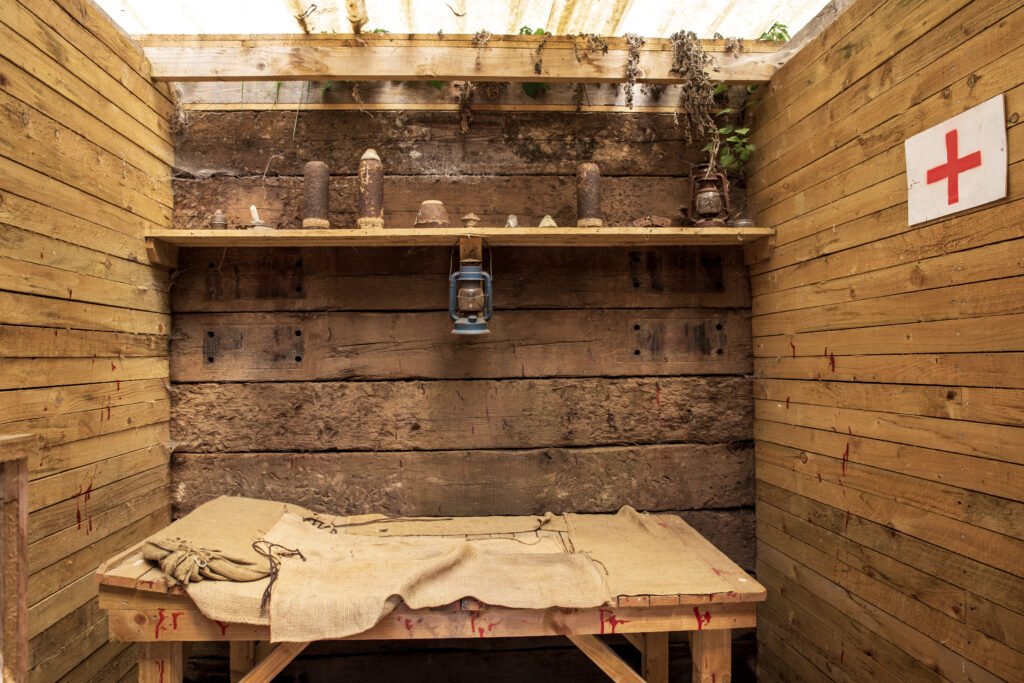
He received a council grant for materials and enlisted family members and friends to help with the manual labour.
“My wife and one of my daughters filled 30 sandbags in one day,” he says. “Then we realised we were going to need 2,000, so we appealed for help and the Royal Irish Regiment at nearby Tern Hill Barracks came and filled 500 in one afternoon.”
Further appeals resulted in donations of old army equipment and expertise from local people whose enthusiasm took the project “to the next level”, Hignett adds.
“We don’t have all the disease and mud but there are plastic rats dotted about and floating duckboards make squelching noises as you walk,” says Hignett, who soon found out that the “originality police” would be on his case.
“One chap rang up and asked how we could call the trenches ‘authentic’ when we had provided a wheelchair ramp at the end of one of them.
“We changed the description to ‘replica’ trenches but the same guy rang back the next week and said they weren’t replicas if they were not based on one particular Western Front network. So we rebranded them as a ‘trench experience’ and, thankfully, we haven’t heard from him since.”
Hignett’s plans were derailed for a year when the local council backtracked over whether the project needed proper permission – “as you can imagine, there had been very little about world war one trenches on its planning portal when I first enquired,” he says.
The site proved to be a success and was extended to explore the development of trenches through the ages.
As well as schoolchildren from all over the country who enjoy the hands-on grubbiness of the experience, the trenches have also been the backdrop for TV programmes, rock music videos and immersive events. Some visitors are overcome when they see what horrors lost family members endured.
“Recently, a lady visited to remember her uncle who died at the front. After his death, she received letters from his colleagues telling her what a great guy he was. We had that correspondence read to her while she was here. What she didn’t know was that all the readers were grandchildren of the men who wrote the original letters. It was a powerful moment,” says Hignett.
Spell bound | Dr Johnson's House, London
Meeting the demands of the 21st century while staying true to the building’s history is a challenge

Hidden away down a City of London alley, there’s a 300-year-old townhouse where celebrated wordsmith Dr Johnson compiled his Dictionary of the English Language, which was published in 1755.
“We are proud to engage with an enormous range of communities to produce interpretation and visits that resonate with different audiences with different requirements,” says curator Celine Luppo McDaid.
“But physical access is our greatest challenge. We are currently exploring the option of an external, unobtrusive lift that would not compromise the structure in any way.”
The former merchants’ house has a top-to-ground central stairwell and rare surviving movable panels that separated large spaces into individual bedrooms.
“This used to be the tallest building in the neighbourhood and Dr Johnson enjoyed views across to St Paul’s Cathedral. But times change and the banks and management consultants have built high-rise offices,” says McDaid, adding that visitors often wrongly assume that Dr Johnson was wealthy.
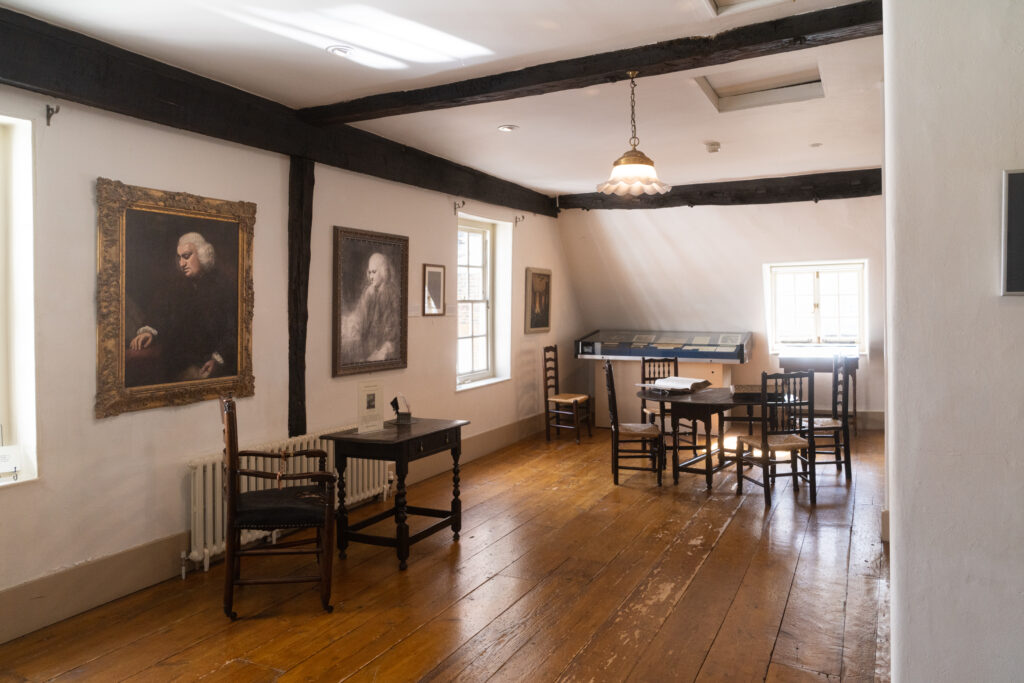
“He was paid in advance for the three years he thought he’d need for the dictionary but it ended up taking a further seven for which he received not a single additional penny.
“As a result, he carried on writing for years and – following the death of his wife – he also charitably filled his rented house with people looking for a place to crash. Some stayed for years but did not contribute financially.”
The house was damaged during the Blitz in the second world war, but the original beams from Dr Johnson’s room were salvaged and re-installed.
“When you’re up there, you can’t help but feel a sense of inspiration, the weight of the achievement and the suffering of the night owl working all the hours God sent,” she says.
Visitors come from all over the world to celebrate the man and his work, as well as those interested in historic houses.
“What makes buildings like this so important is that you’re at the very scene of creation. A gallery space dedicated to an individual can’t give you that. The door handles and bolts here are the ones Dr Johnson would have touched. It’s thrilling to have that connection.”
Nuclear threat | RAF Air Defence Museum, Norfolk
The museum caters for a range of visitors, including students, holiday-makers and paranormal investigators
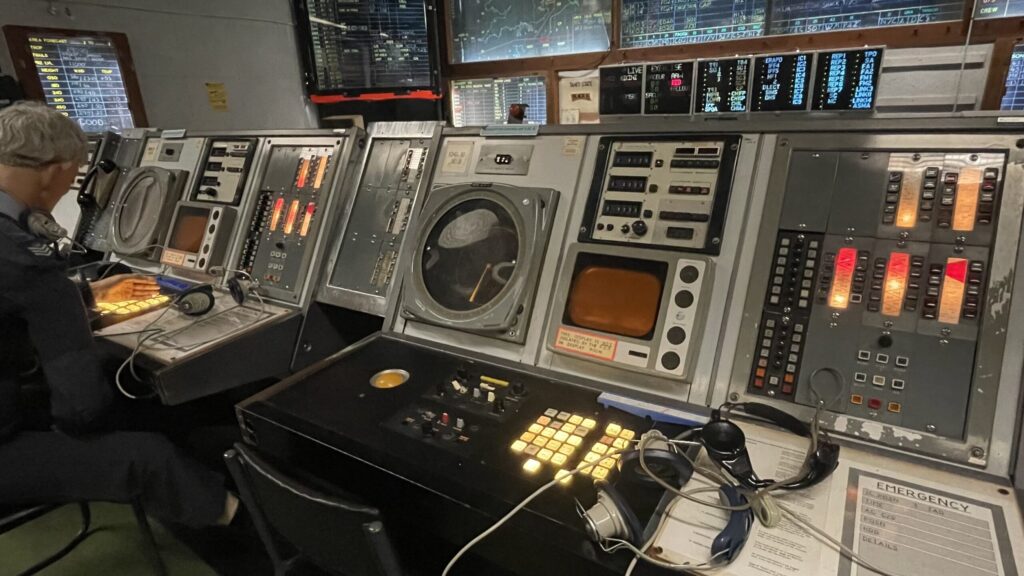
The RAF Air Defence Radar Museum is on the site of one of the first radar stations. It was here where officers watched on as members of the Women’s Auxiliary Air Force plotted the movements of German planes in the second world war.
The jewel in the crown at Neatishead is, however, the cold war operations room. It is the only one of its kind that remains just as it was when the RAF faced up to defending the country against the background of the nuclear threat.
“There’s a unique atmosphere in there with the mannequins, glowing monitors and the illuminated Survival 25 [alert], which would have flashed to inform everyone that there was less than half-an-hour to impact,” says museum manager Hattie Hearn.
“Emergency procedures would then have decided who was going to stay to run the station and who was going to the bunker and be saved.”
The setting puts the period into perspective, giving visitors an insight into the seriousness of what went on there.
“The cold war is now cropping up on the GCSE history syllabus and students are interested, particularly as the situation in Ukraine makes it more relevant. They’re full of questions about what effect that is having on our current air defences,” says Hearn.
Other visitors range from former RAF personnel and paranormal investigators in search of airbase ghosts, to holidaymakers from the nearby Norfolk Broads.
“We have to cater for different audiences and all levels of knowledge and we’re always trying to diversify the stories we tell, such as the career of Neatishead’s former boss, Joan Hopkins, the first female station commander.”
While taking visitors back in time, the base’s poorly ventilated buildings create some present-day problems. During the winter closure, this means treating the damp areas.
Hearn adds: “RAF buildings were rabbit warrens of secret rooms and corridors and not built with modern-day accessibility in mind. We’re limited by what we can do with the cold war ops room but we’re looking at streaming all the talks and events held there into a ground-level space.”
A way with words | Innerpeffray Library, Perthshire
It might be difficult to get to, but the delights of the library mean it attracts visitors from all over the world
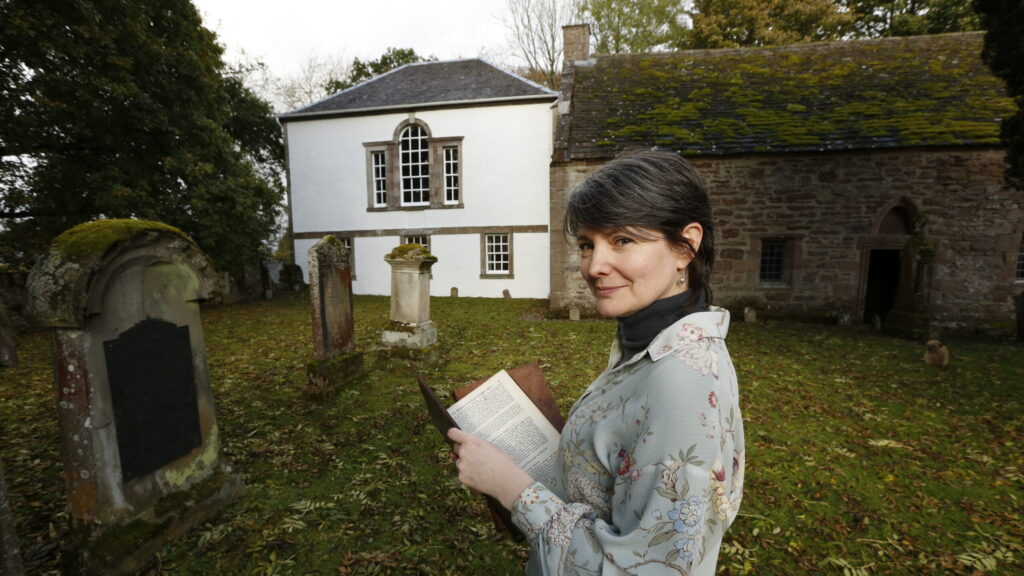
Housed off the beaten track, in a neo-classical building on the bend of a remote river in Perthshire, Scotland’s first lending library has a unique history, with books that date back 500 years, but hardly anyone living locally to read them.
“The library was established in an old chapel back in 1680 at the place where a Roman road used to cross the river,” says the keeper of the books, Lara Haggerty.
“It was not an ideal arrangement because everyone in Scotland at the time was pretending they didn’t use Catholic chapels. Eventually, a descendant of our founder opened the present adjacent building in 1762.
“The ground floor now houses the office and museum shop, but it was where the keeper of the books traditionally lived. Around 100 years ago, that would have been my home. It would have been nice. I’ve certainly been in smaller flats,” says Haggerty.
The upper floor is where the magic happens, however. Here there are shelves and shelves of rare and antique volumes in a room with a high ceiling and south-facing Venetian window.
There’s also the museum’s treasure, the Borrowers’ Register, which records who read what from 1747 to when the library ceased lending in 1968. It has since become a source of social history.

“People recorded their names, relationships, occupations – be they weavers, ministers, servants and so on – and what book they were taking, while signing a promise to return it ‘safe and unspoiled’, which served as a legally binding contract.
“Those promises provide a lot of information. An early record reveals, for example, how John Malcolm, a schoolmaster in the village of Madderty, borrowed a book on astronomy and mechanics by the 18th-century Scottish stargazer James Ferguson in September 1774.
“He promised to return it safe and sound within six weeks. I can almost envisage him riding his horse across the fields to get here, hoisting up his schoolmaster’s cloak. His subsequent borrowings also tell us about the changes in his reading habits.”
One of the earliest entries is by one of the first female borrowers, Elizabeth Fairchney, a name local to the area, adds Haggerty.
“We now receive visitors with the same surname from all over the world to see where their ancestor lived. In such cases, we can show inquiring relatives their descendants’ signatures and let them hold the books they borrowed.”
As well as the stewardship of her unique collection of books, Haggerty organises the library’s programme of readings, talks, theatre and music performances. She also collaborates on fundraising and future plans with the trustees of the original library charity, which rejoices in its name of The Innerpeffray Mortification.

“Our founder endowed a sum of money in 1696 to keep the library going,” explains Haggerty. “You pay a mortgage until you die and you pay a mortification after you’ve gone.”
Before the team of volunteers came on board, Haggerty admits she sometimes felt lonely. But now there’s a steady flow of visitors.
“Sometimes they book a visit to see something specific, sometimes holidaymakers wander in because their satnav has inadvertently led them down the lane. And others phone us from the other side of the river to say ‘we can see you, but how do we get there?’,” says Haggerty. “It’s a 10 mile round trip, unfortunately.”
John Holt is a freelance journalist